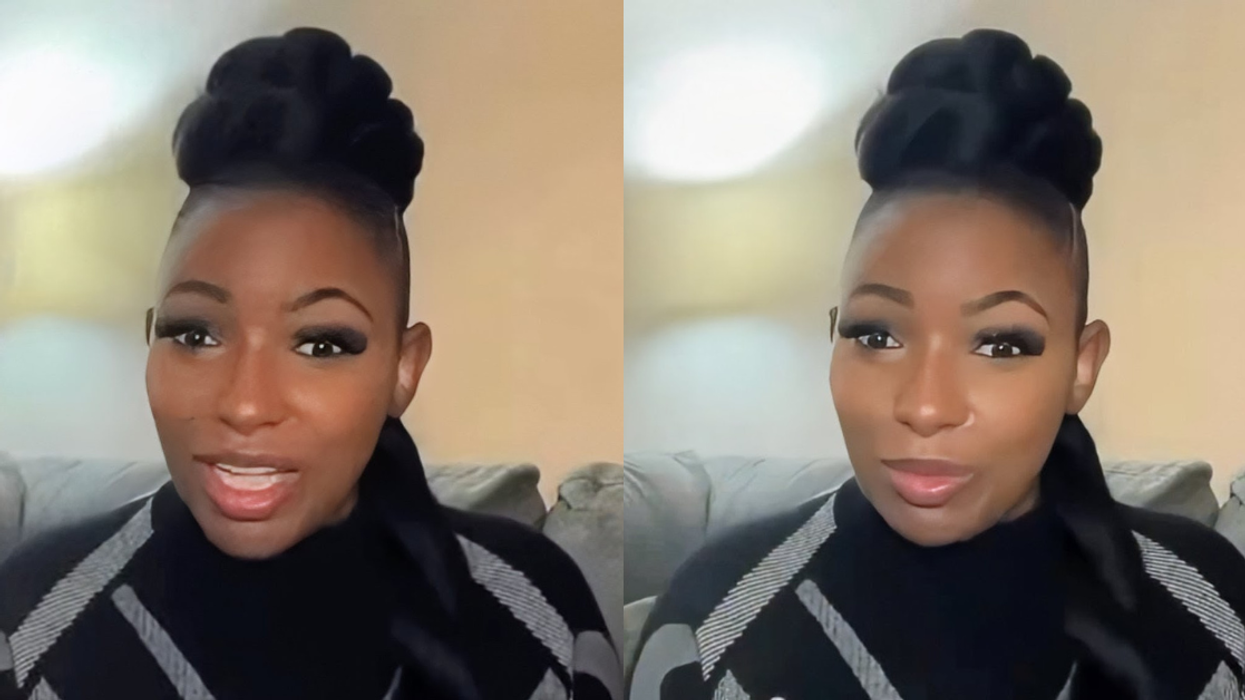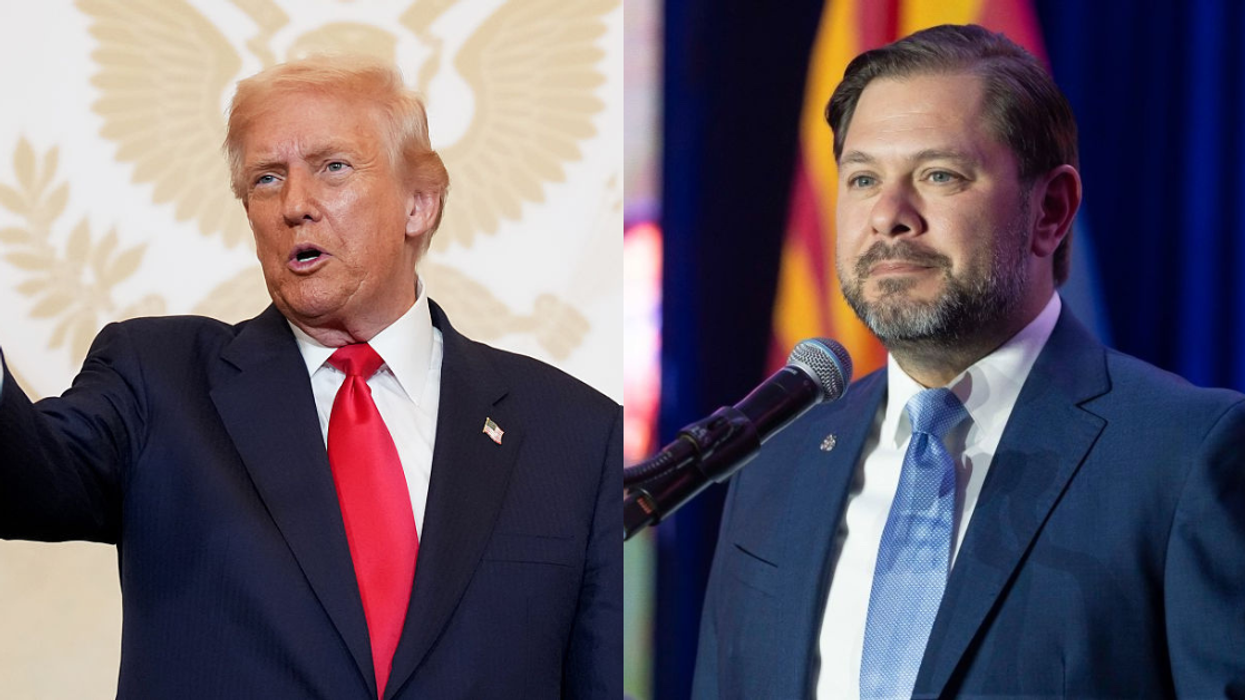Back in 2016, Donald Trump managed to eke out an Electoral College victory over Hillary Clinton by siphoning off some voters who had supported Barack Obama in 2008 and 2012.
As the country heads into the 2020 election, that key demographic appears to be souring on Trump, according to a new survey by the Democracy Fund's Voter Study Group.
The poll of 6,779 Americans found that while most people's opinions of Trump have remained unchanged since 2016, "only Obama-Trump voters have had a significant change in their view of President Trump over the last two years."
The poll has a margin of error of 1.8 percentage points.
In 2016, "more than 8 in 10 (85 percent) Obama-Trump voters held a “favorable” view of the president," the poll found.
"While a majority of Obama-Trump voters still have a favorable opinion of the president, no other voting group has shifted away from the president more in the last two years."
That support has eroded down 19 percentage points to 66 percent. Though they only make up five percent of the electorate, Obama-Trump voters are "disproportionately white, and non-college educated," and "likely to be well distributed geographically for the purpose of electoral impact," the survey's author and Voter Study Fund research director, Robert Griffin, wrote.

This could swing the election back to the Democrats if white blue-collar voters - particularly in the rust belt states of Pennsylvania, Ohio, Michigan, and Wisconsin - abandon Trump. Those four states combined carry a hefty 64 Electoral College votes.
"Even these shifts that look like they’re pretty small, well, the election margins were pretty small,” Griffin said.
Just 10,704 in Michigan, 22,748 in Wisconsin, and 44,292 in Pennsylvania separated Trump and Clinton on election night.
People are tired.
Still, the poll did show that Trump's approval ratings, though technically underwater, have remained relatively stable throughout his first term.
"More than half (56 percent) of Americans say they have an “unfavorable” opinion of the president. Just 4 in 10 (40 percent) report a “favorable” opinion," the poll showed. "These numbers have only changed slightly since the 2016 VOTER Survey, when 52 percent held an “unfavorable” opinion and 44 percent held a “favorable” opinion."
This is despite the never-ending scandals and the administration's reliably cartoonish incompetence.
One key difference now, however, is that there are twice as many people who hold a "very unfavorable" opinion of Trump than those with a "very favorable" view (49 percent to 25 percent).
Trump is likely facing an uphill battle next year, despite the advantage of incumbency.
“If you added up every single person who ever had a nice word to say about Trump, you’re still only talking about half the country,” Griffin said. “That’s not great territory to be in as you start a presidential campaign.”
But the Trump campaign insists it holds the advantage over the huge field of ambitious Democrats.
“We intend to win the states President Trump won in 2016 and feel we can expand the map in 2020 to states where he came close the first time,” Trump campaign spokesman Tim Murtaugh said in an email to The Hill. “Across the Midwest, President Trump has an excellent record to tout to blue-collar union members.”















